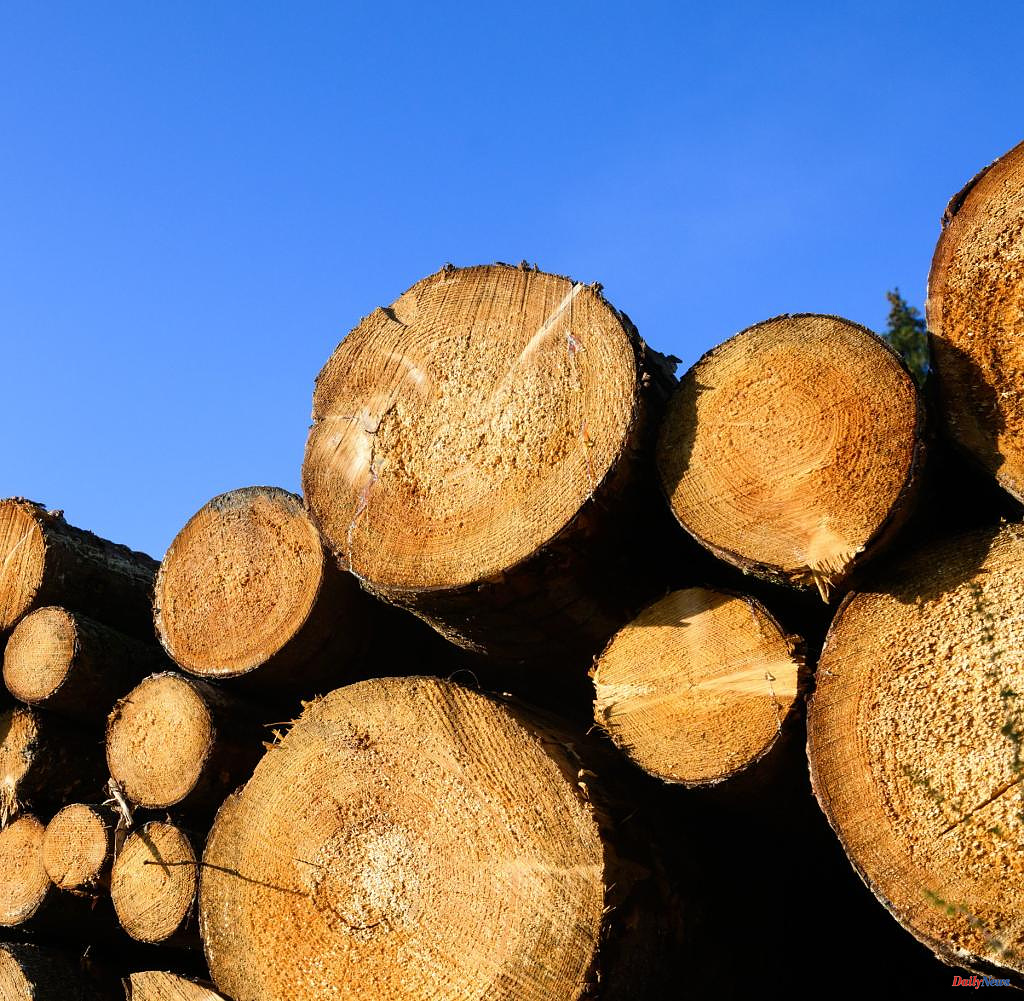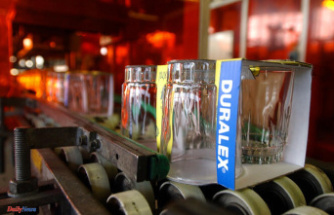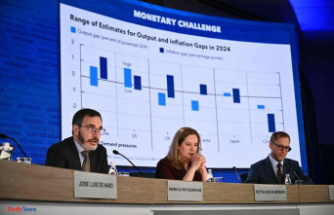A crackling fireplace or oven fire provides pleasant warmth. Because heating with gas is becoming more and more expensive, the demand for firewood has already increased significantly. If you want to heat with wood, you should consider a few things.
Like all energy sources, firewood has become significantly more expensive since the beginning of the year. With an increase of almost 32 percent for oven-ready beech logs and a good 22 percent for spruce logs, the price increase is significantly lower than for gas - here the price recently rose by around 184 percent in a year-on-year comparison. Depending on the type of wood, between eight and nine cents are incurred per kilowatt hour; for new customers, a kilowatt hour of gas currently costs 26.1 cents, according to the comparison portal Verivox.
The availability of firewood could become a practical problem: According to the Federal Association of Firewood Trade and Firewood Production (BuVBB), the warehouses are almost empty, and forest offices are also reporting an ever-increasing demand. However, there is only limited capacity for drying firewood. According to BuVBB boss Klaus Egly, “moderate price adjustments” will be unavoidable when it comes to the price of wood. "But such astronomical price jumps as we know them from oil or natural gas will not happen."
According to the Federal Environment Agency, heating with wood can produce gases that are harmful to the climate and health. Since the beginning of the year, newly erected furnaces have therefore had to have a chimney whose outlet opening is high enough for the flue gases to be transported away by the natural air flow.
For stoves and fireplaces that were put into operation before March 22, 2010, a particulate matter limit of 0.15 grams per cubic meter of exhaust gas applies, and a limit of four grams per cubic meter for carbon monoxide. This can be proven by a certificate from the manufacturer or a measurement by the chimney sweep. It costs between 150 and 300 euros. If proof cannot be provided, the chimney must be retrofitted or shut down. Information on the deadlines depending on the age of the firing system is available from the Ministry of the Environment.
According to the BuVBB, caution is advised in view of the tense situation on the firewood market when it comes to imported wood. Some of these come from dubious suppliers who obtain their wood illegally by clearing large areas of protected forests. Consumers should also take a close look at wood from approved sources in more distant countries, for example in Eastern Europe: the long transport routes significantly worsen the environmental balance.
Criminals are also trying to take advantage of the currently high wood price: The BuVBB warns of fraudulent online offers where consumers pay for supposedly cheap firewood in advance but never receive the goods.
The Federal Environment Agency advises against heating your own home with wood alone. In small incinerators in particular, the incineration process is never complete. In addition to harmful air pollutants such as fine dust, climate-damaging methane, nitrous oxide and soot are also produced. According to the Ministry of the Environment, 17 percent of fine dust pollution in Germany is caused by stoves and other wood-fired systems. In addition, emissions are also generated during production, transport and processing.
If you still want to heat with wood, you should note: The wood should come from sustainable regional forestry and burn as completely as possible. The wood must be dry and the right size for this. When firing up, neither paper nor rubbish should be burned, the fireplace should also be in perfect technical condition and cleaned regularly. After firing, the air supply must not be turned off too quickly.
Basically, the following applies: During combustion, the CO2 stored in the wood is released directly. In Germany's forests, i.e. in living trees, 1.26 billion tons of carbon are bound - this is an important contribution to climate protection.












